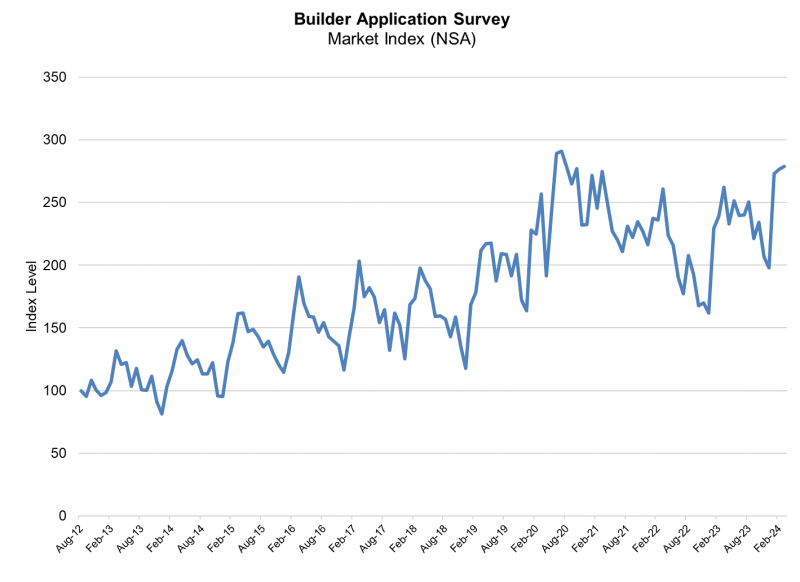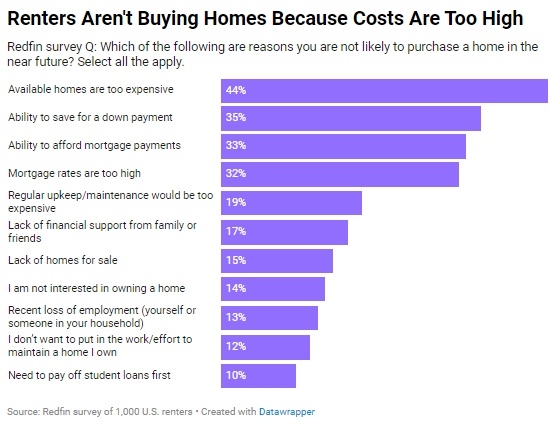The Trend Is Not in Fashion, It's Credit!

Without a doubt, Fannie Mae’s decision to add trended credit data to their Desktop Underwriter system in their Version 10.0 release is a game-changer. In fact, some in our industry have described the addition of trended credit data as the single most significant event to happen to the credit report since the introduction of the credit score. The impact on both lenders and borrowers will be far reaching and as the use of trended data takes hold and develops over the years to come will no doubt change the mortgage credit landscape in ways yet imagined.
In this new landscape of trended credit data, paying your bills on time is no longer enough. Now, how you pay your bills over a period up to 30 months is arguably as important as when or even if you pay them. We can expect some immediate impacts to trended data in credit reports, such as, according to TransUnion, opening up credit to 26.5 million consumers previously shut out of the system who previously could not be scored by traditional risk scoring now can be effectively scored with over three million of these previously unscoreable consumers being placed in the prime or super prime risk tiers, improved credit ratings for an additional 23 million consumers, potentially qualifying them for better rates and terms and the ability to better identify a consumer’s actual risk, enabling better opportunity to provide the consumer with appropriate mortgage financing options.
With the addition of trended data, Fannie Mae is improving the overall performance and predictive power of DU. Fannie Mae has found that how consumers handle their credit card balances is a very good predictor of how they will handle their mortgage payments. Fannie Mae has used credit scoring in DU since 1995. However, starting in 2000, Fannie started using a proprietary scoring model developed using Fannie loans exclusively. This proprietary scoring model made DU more predictive of future payment behavior within DU. Last year, they conducted a comprehensive review and redevelopment of DU’s risk assessment model. From mid-2009 until August 2012, Fannie Mae analyzed 3.7 million credit reports with trended data in the development of DU Version 10.0.
With current credit reports, the report displays a snapshot of accounts at a single point in time. The credit report shows monthly balance, credit limit and the payment made that month. With the addition of trended data, the credit report will display two years of payment history on each credit card account. This data will show what was paid during the month on each account, if a balance is being carried, pay more than the minimum or pay off your balance each month. Also, trended data is looking at if a consumer is paying down revolving balances every month or are they transferring balances between credit cards or are they someone who leaves the balance high and pays the minimum.
We have always known that paying your bills on time is important, but now how you pay your bills and not just whether you pay them is equally as important. This is where the terms “Revolver” and Transactor” become important. A “Revolver” is someone who carries a balance on their accounts, while a “Transactor” pays their balance in full each month. Quite simply, “Revolvers” are classified as high risk, while “Transactors” are low risk. According to TransUnion, Revolvers are three times more likely to default on new credit cards and auto loans than Transactors, and five times more likely to default on current credit cards. Partial payers, paying down the balance over time, are less likely to default than those making minimum payments. It is easy to see that trended data provides lenders with information showing how a consumer has behaved over time at a more detailed level not available before which gives lenders a better understanding of the consumer’s financial situation.
To illustrate this point, let’s look at two consumers, both with a 730 FICO score which normally is within the risk criteria of most lenders. Each consumer has $10,000 in current debt. With the present credit report, both would look the same even though one had $30,000 in debt two years ago and the other only $2,000. In this example, one person added $8,000 in debt over the last two years, while the other paid off $20,000. With trended data, these two consumers will look very different from a risk perspective.
On the current credit report, a consumer who uses a high percentage of their available credit lines is considered a higher risk. However, with the trended data credit report, a lender may see that a consumer has consistently handled this high percentage with no problems over the last two years. Even though this may lower the credit score, it demonstrates proper credit management over time that may be helpful to the consumer who is searching for a mortgage loan.
Conversely, payment trends can help or hurt a consumer’s chances for qualifying for a loan. Consider the consumer with a borderline 690 score who lost their job two years ago, and during that time, their score declined. If payments have been consistent over the last 18 months showing an improvement, this fact can assist the consumer in obtaining a loan more so than when trended data was unavailable.
“We found that including trended data materially improved modeling of loan performance, including the trended data in DU’s credit risk assessment improves the accuracy of DU’s overall risk assessment. It will benefit borrowers who regularly pay off revolving debt,” Eric Rosenblatt, Fannie Mae’s vice president for Credit Risk Analytics and Modeling, writes on the company’s Web site.
Bottom line, trended data is the future in determining credit eligibility for mortgage loans, and we have only seen the tip of the iceberg. Our advice would be to partner with a lender and provider you can trust and has the knowledge to guide you through these changes. Birchwood and REMN Wholesale have done this in offering educational updates through a series of Webinars on this very topic. Together, we plan to offer more tools and tips as this change unfolds. Stay tuned.

Larry Avery is vice president of Business Development for Birchwood Credit Services Inc. He may be reached by phone at (800) 910-0015 or e-mail [email protected].
This article originally appeared in the June 2016 print edition of National Mortgage Professional Magazine.





